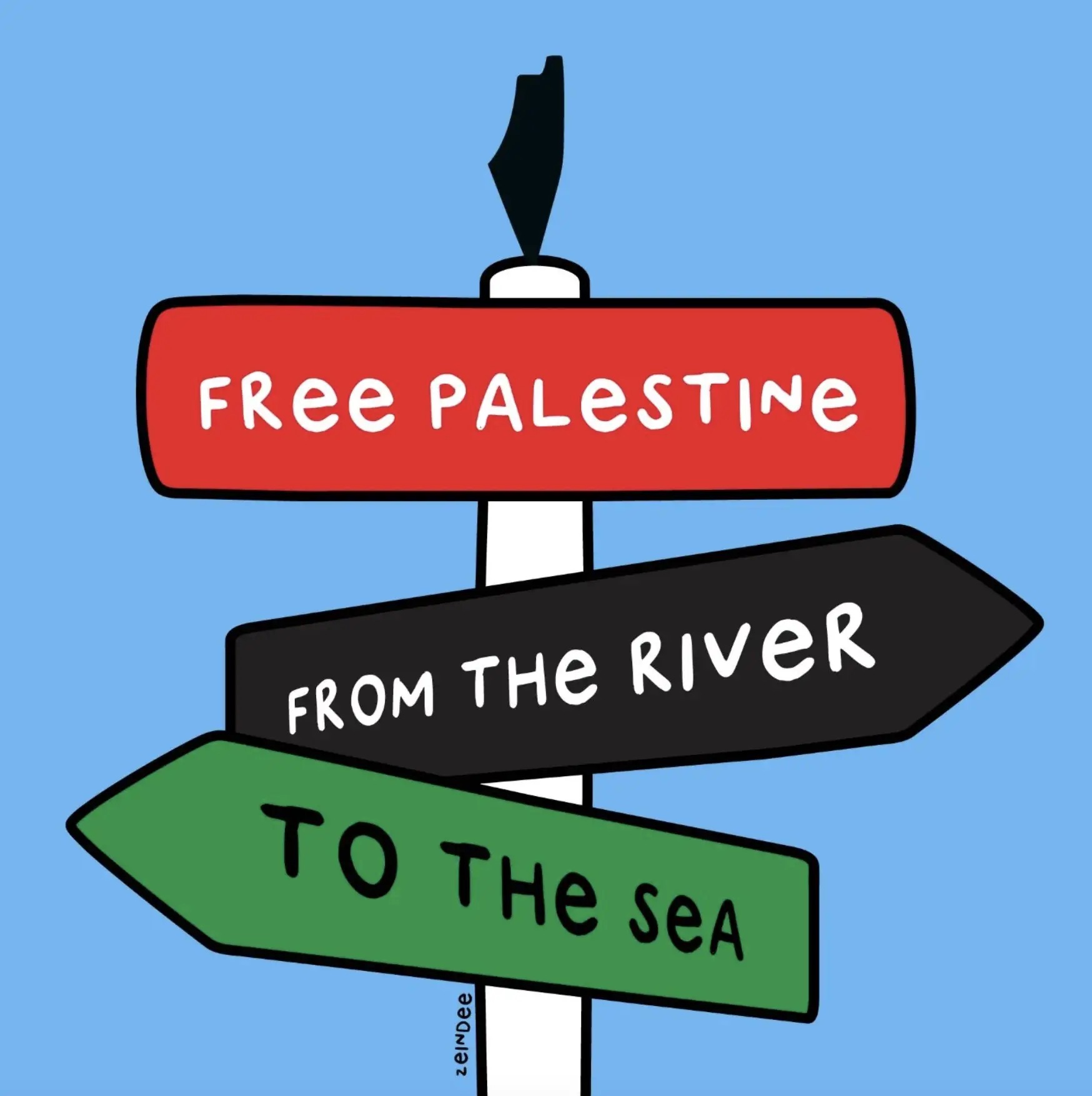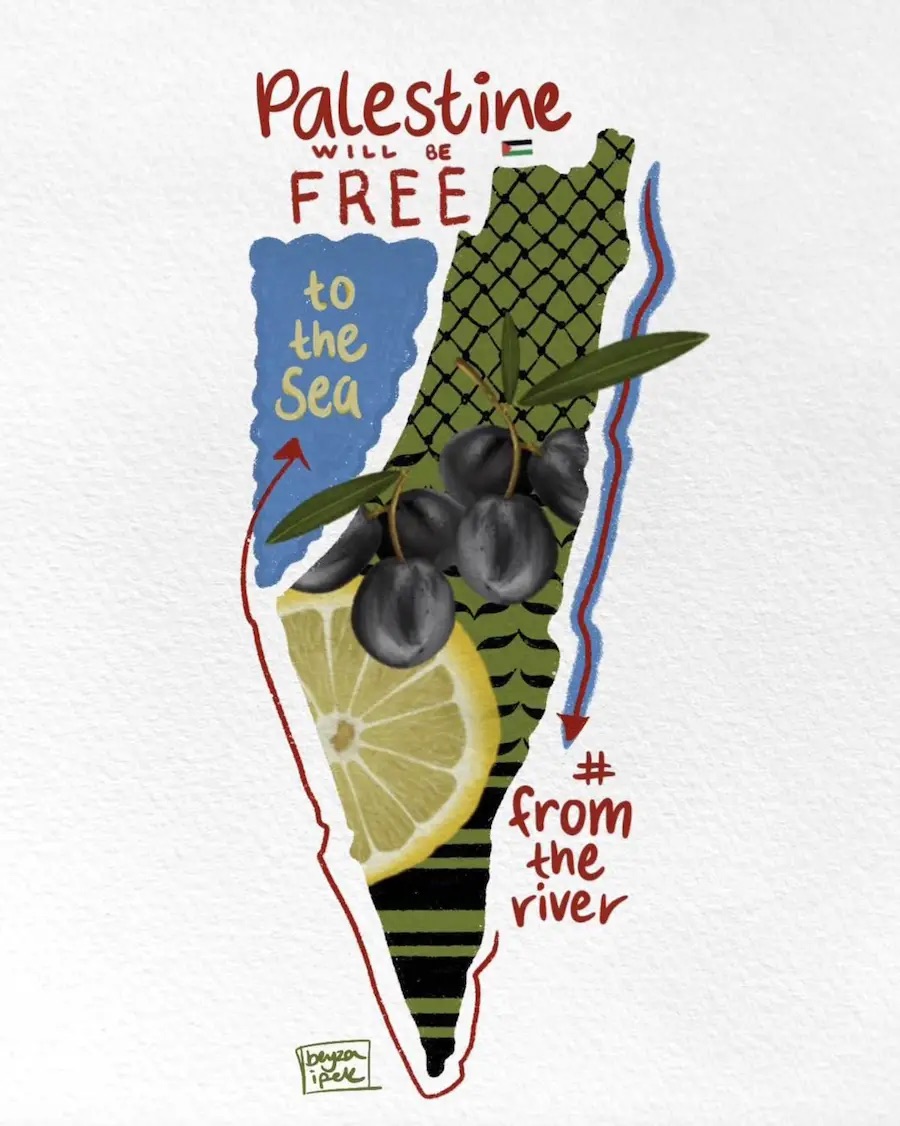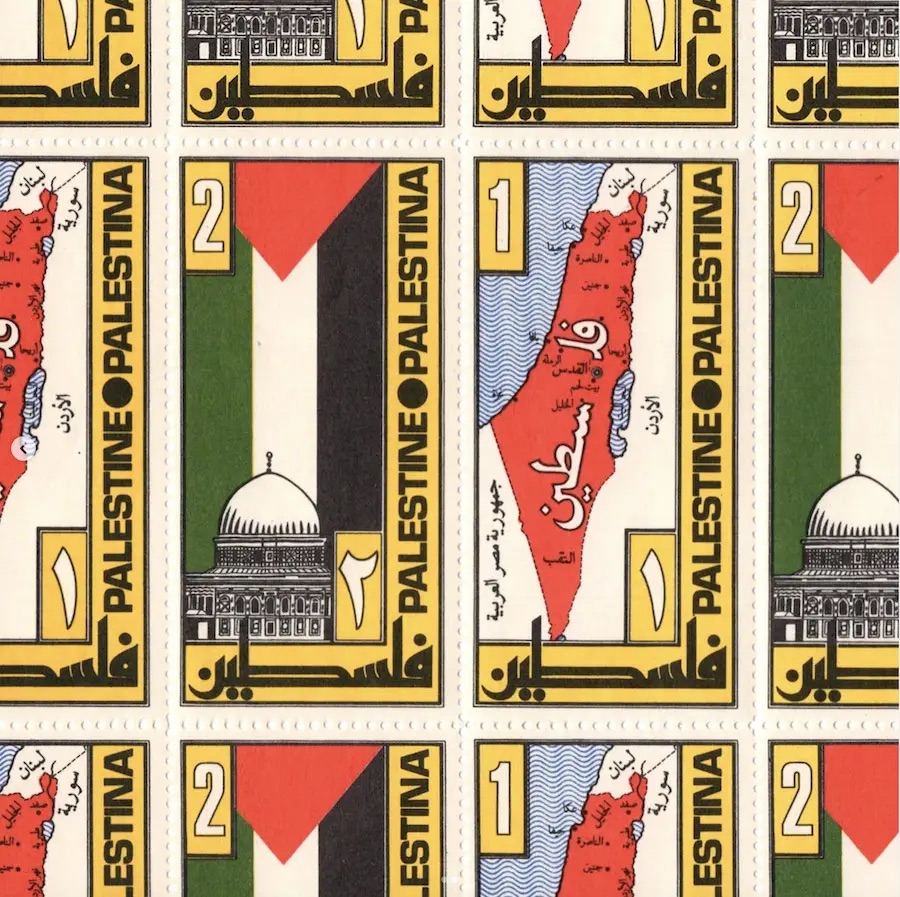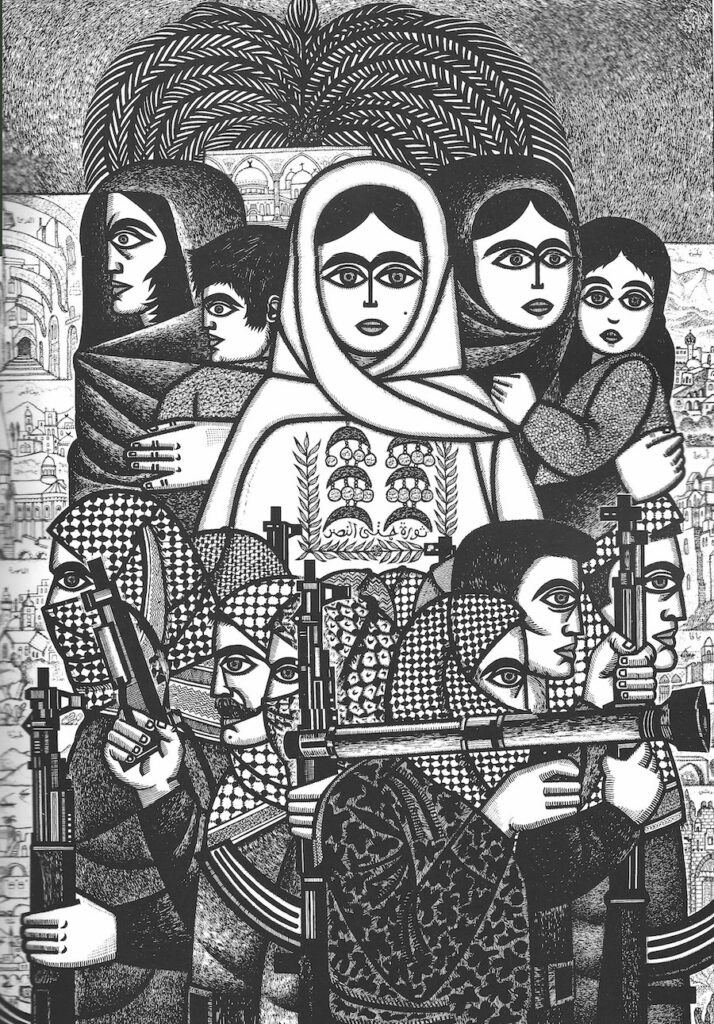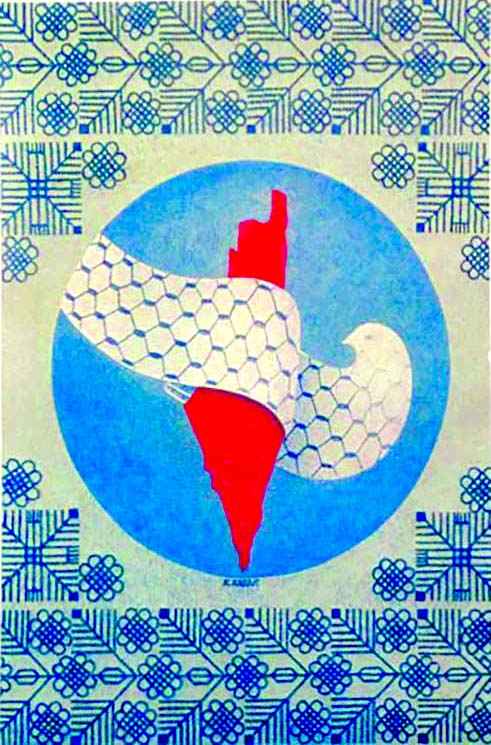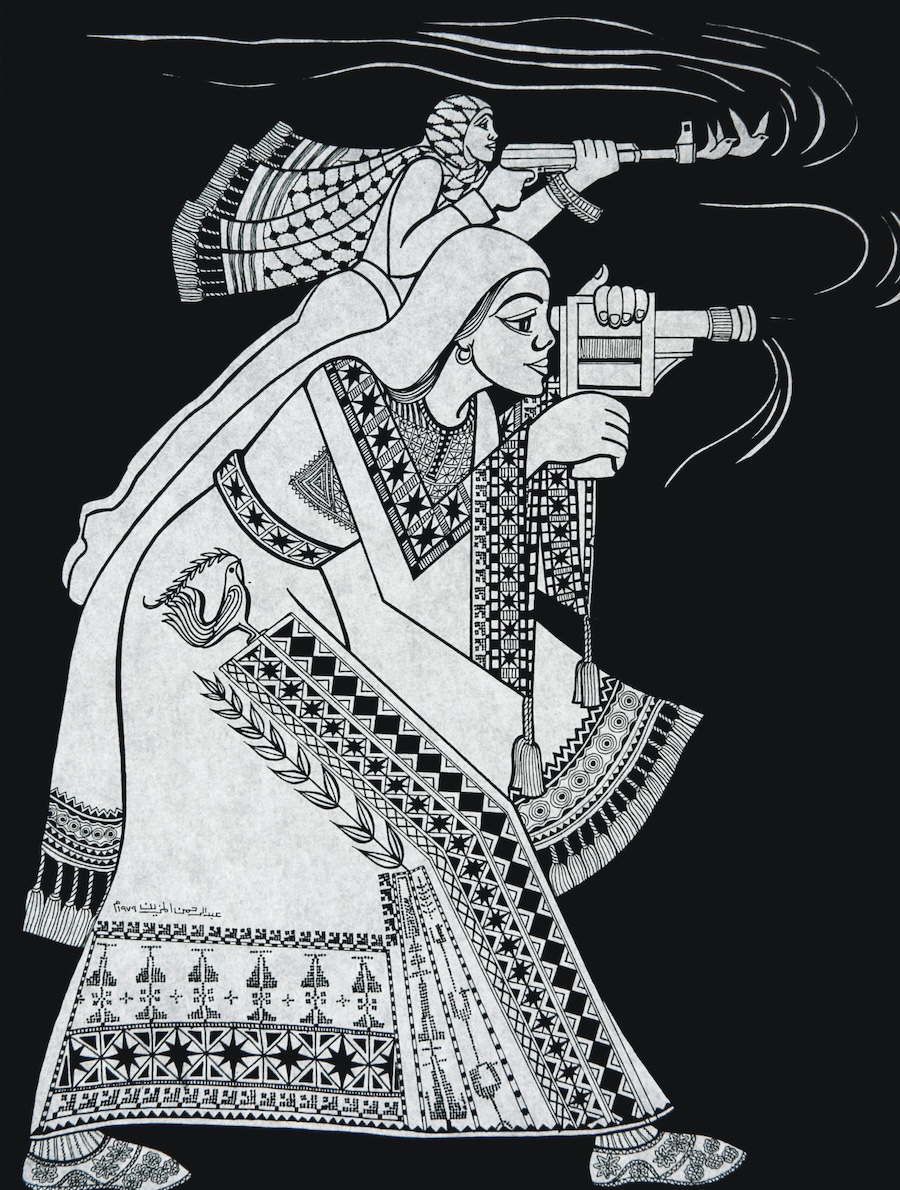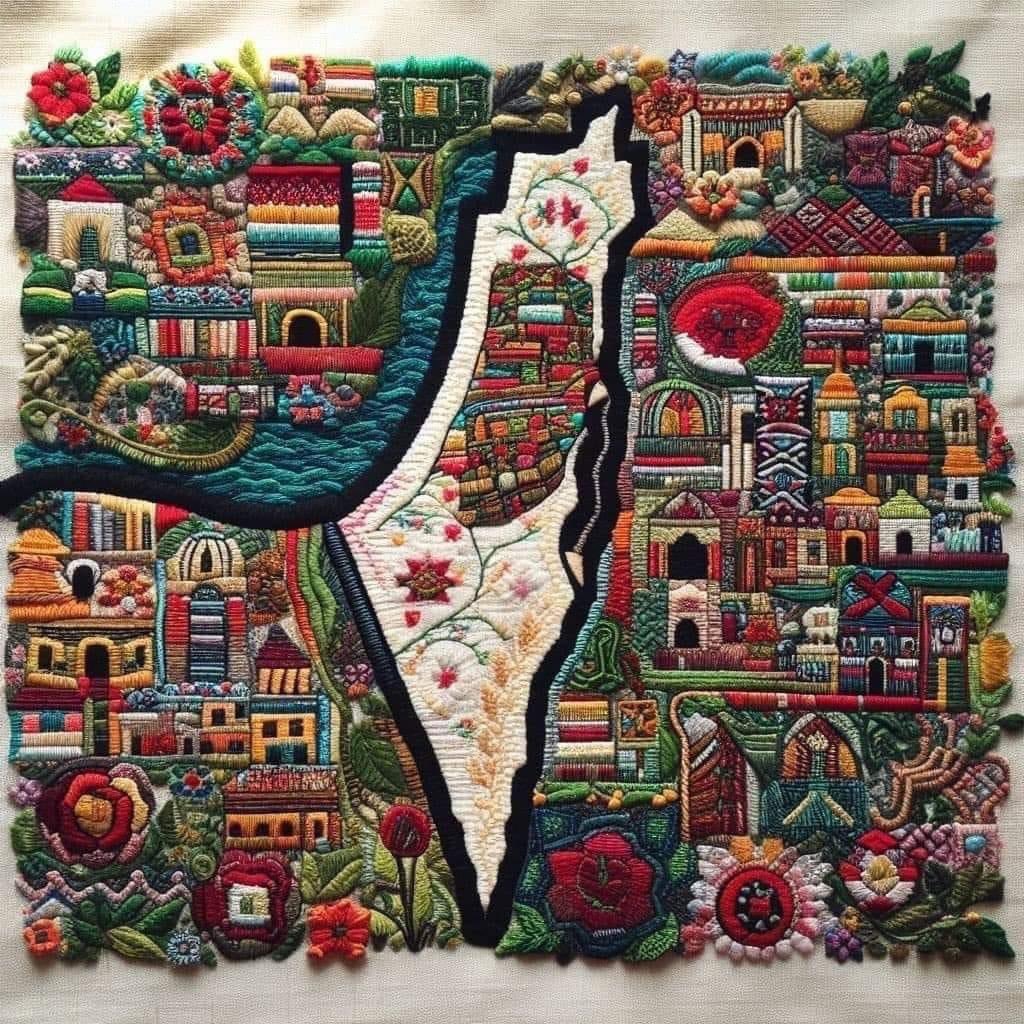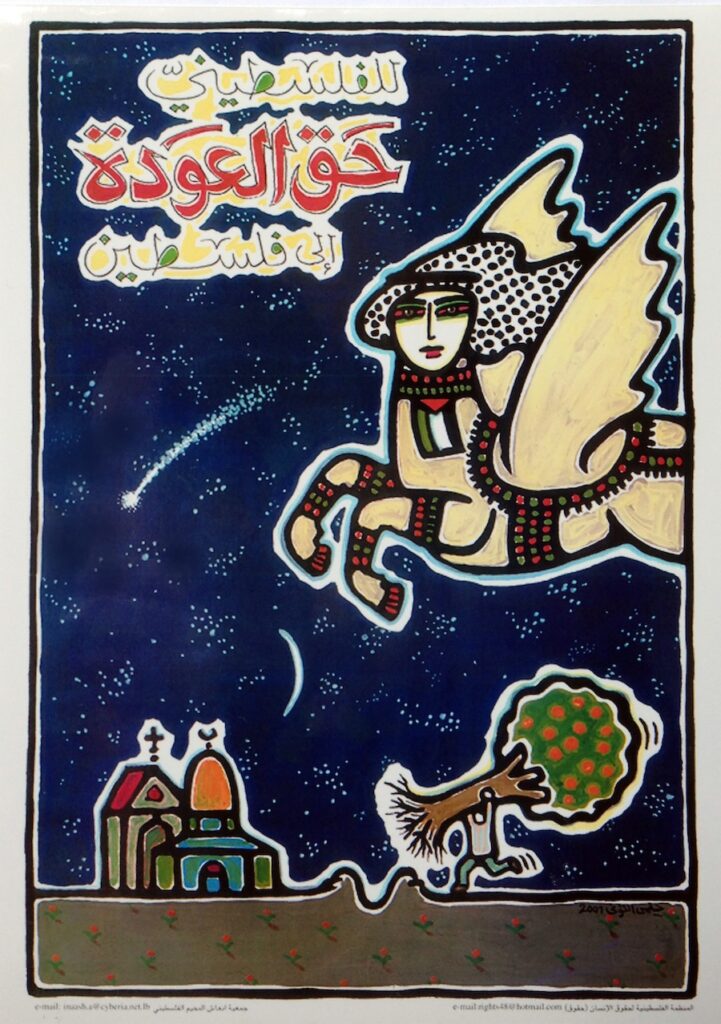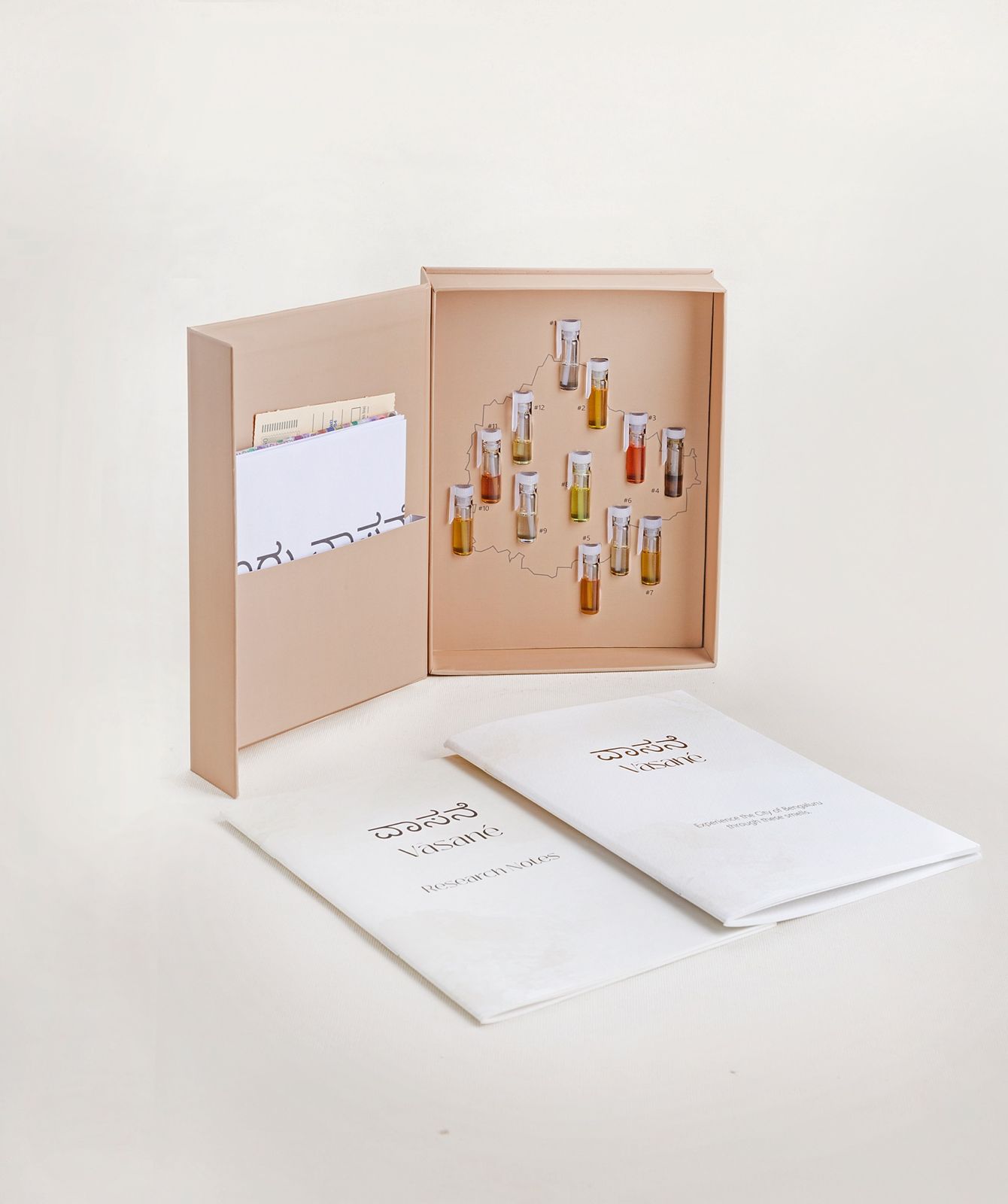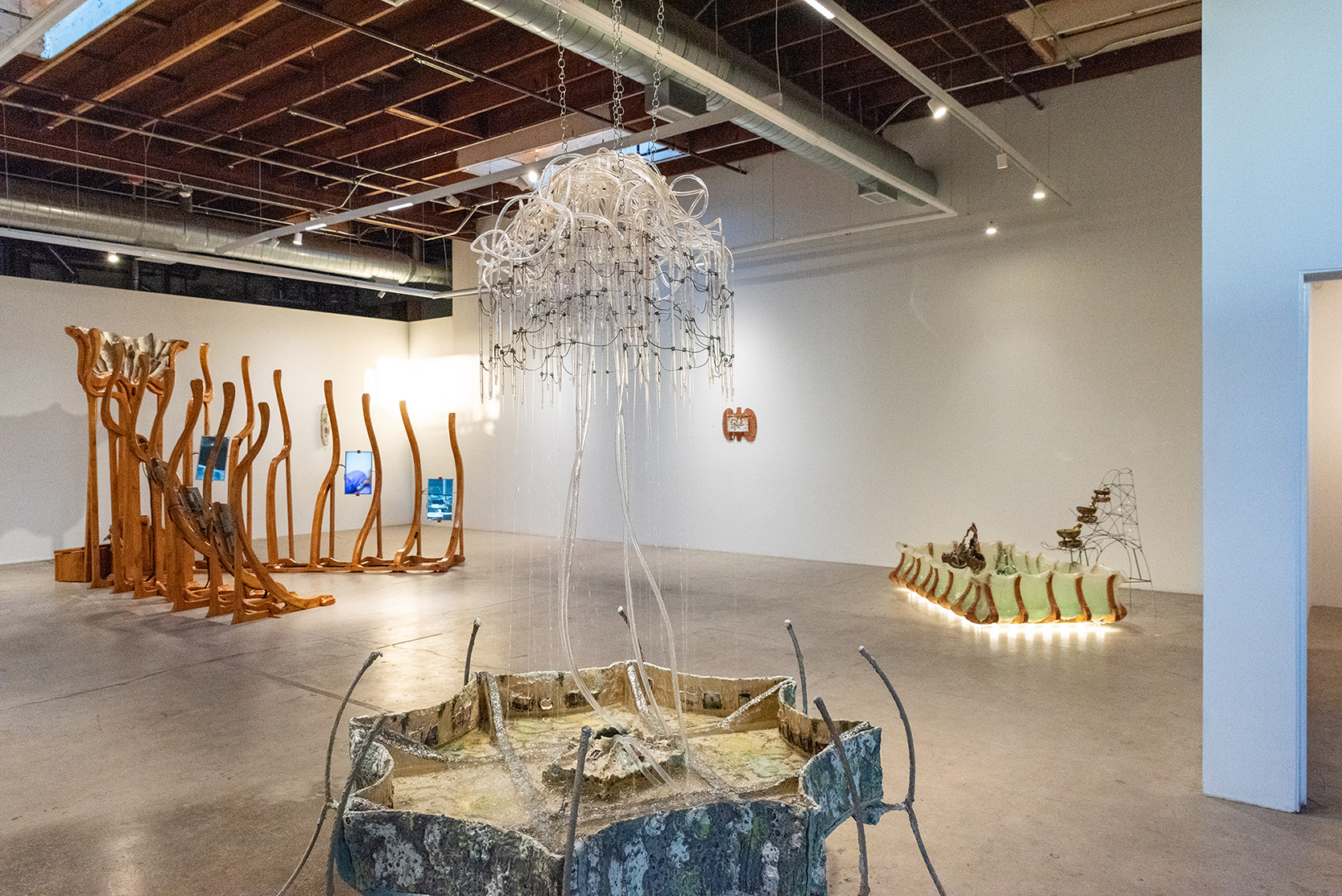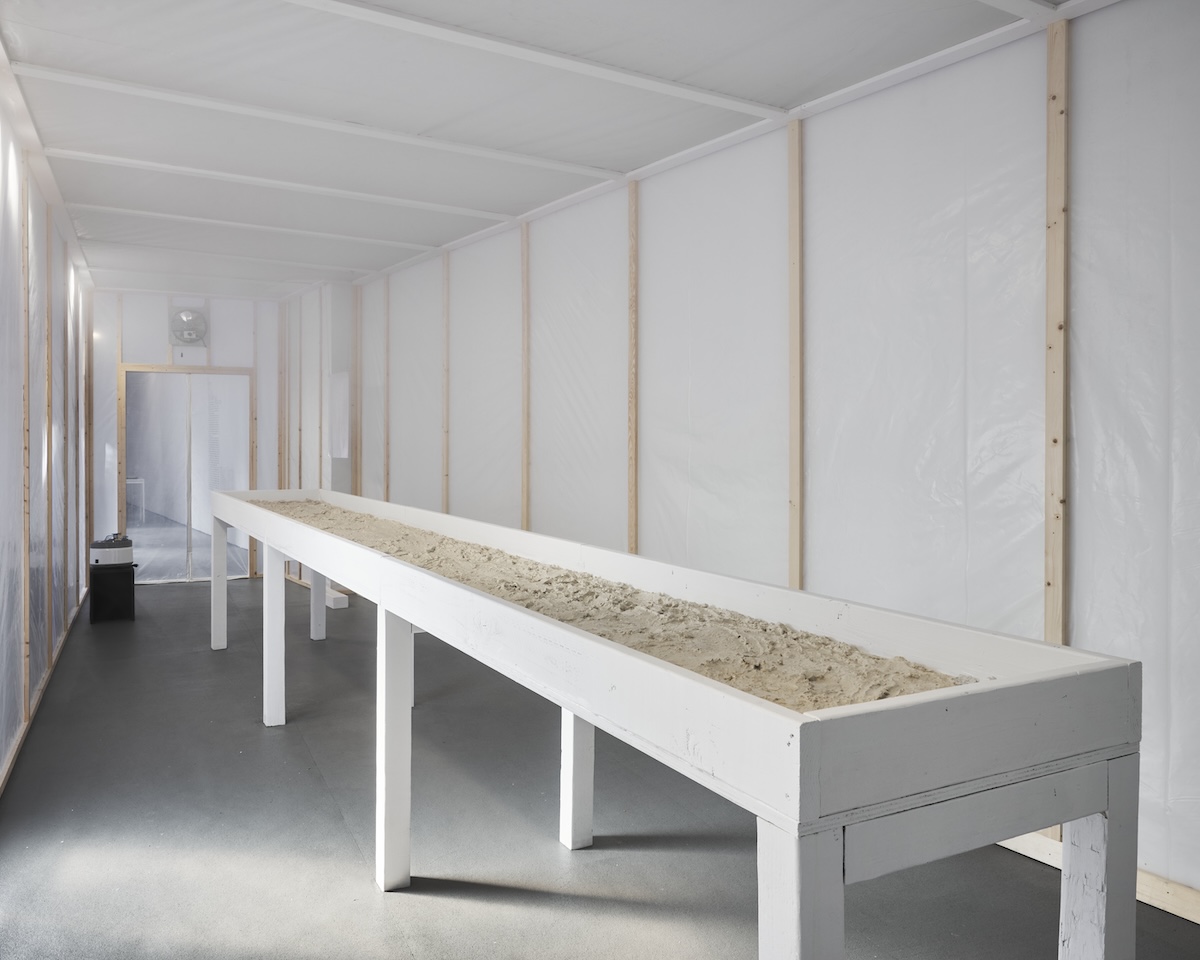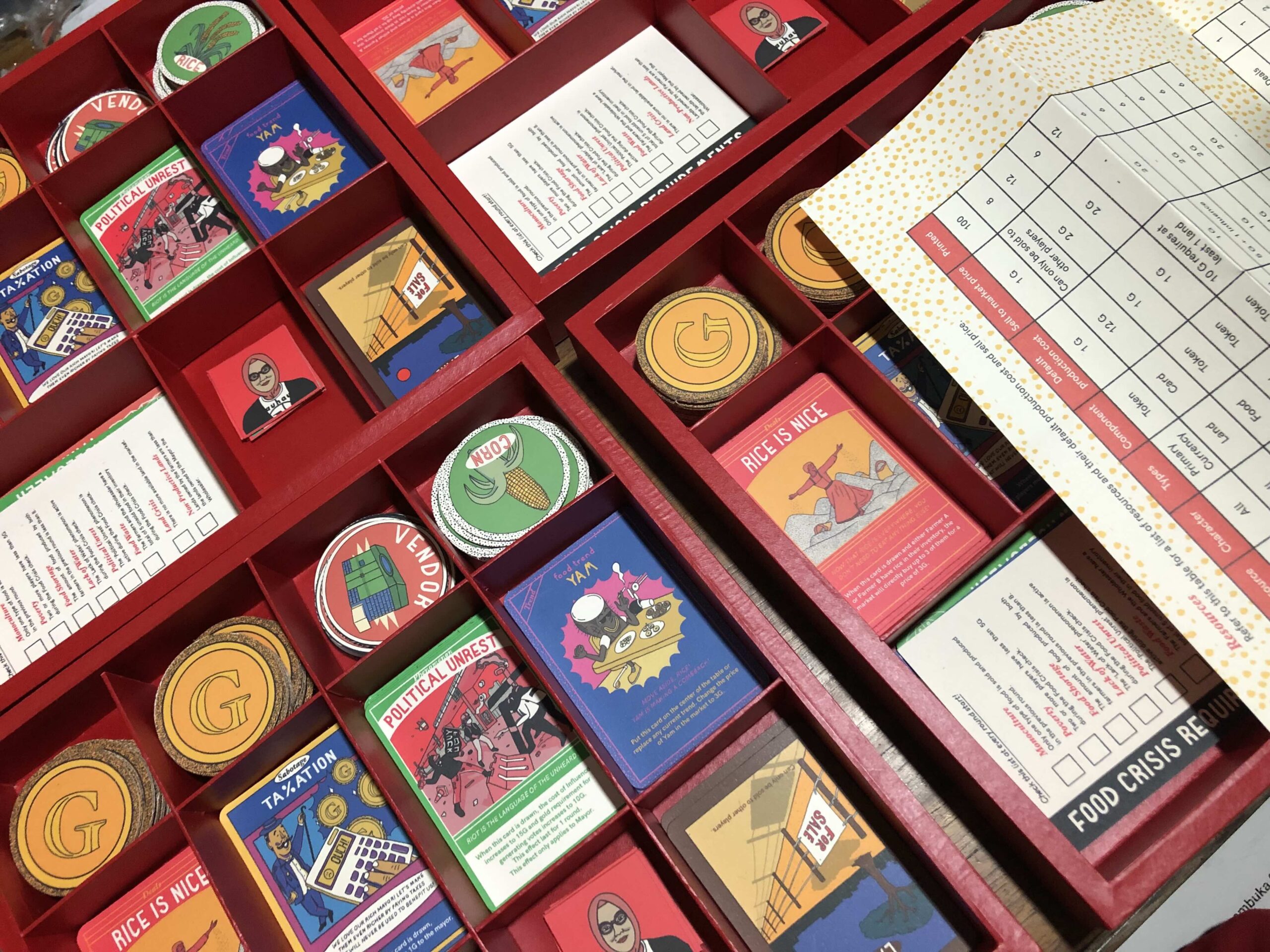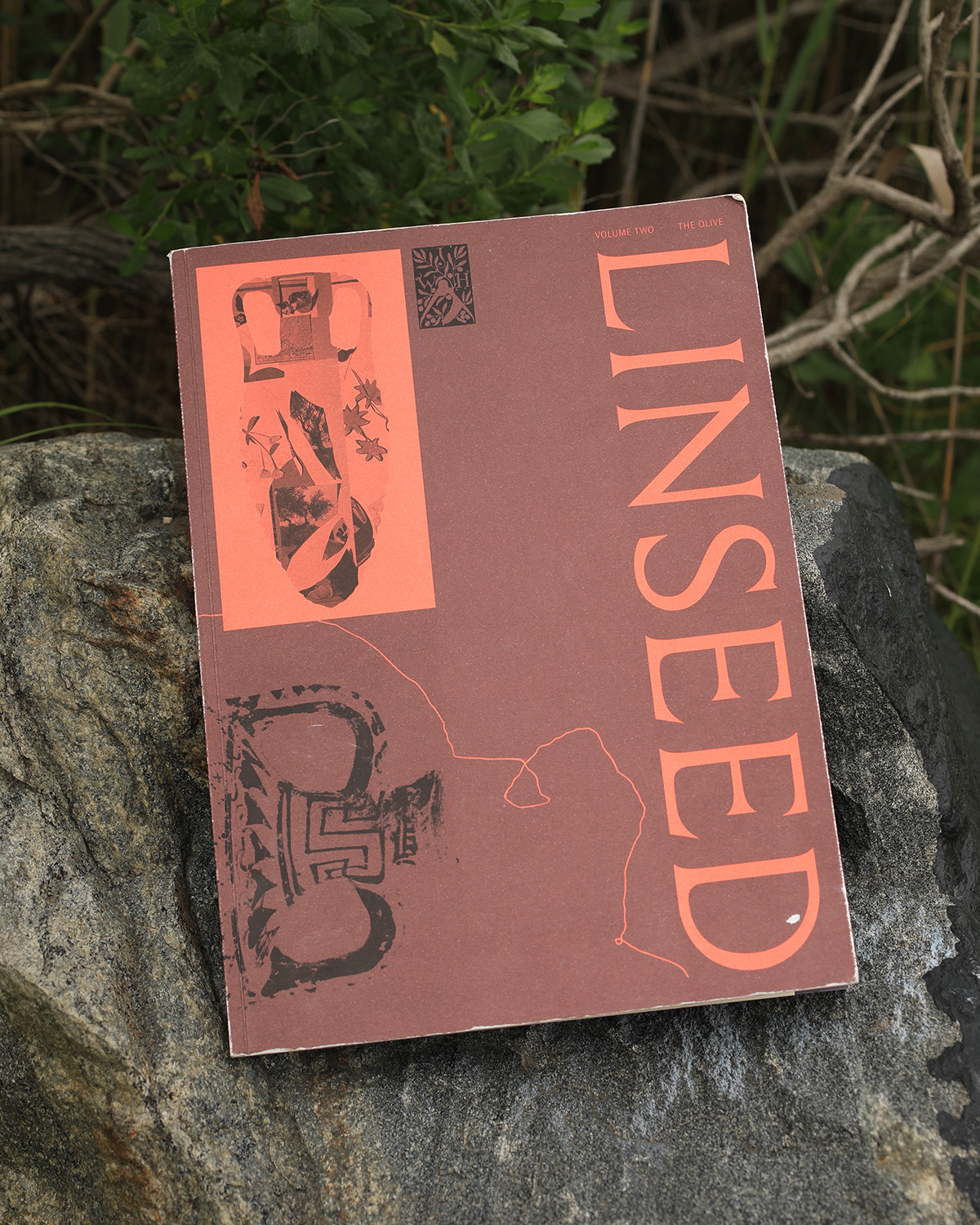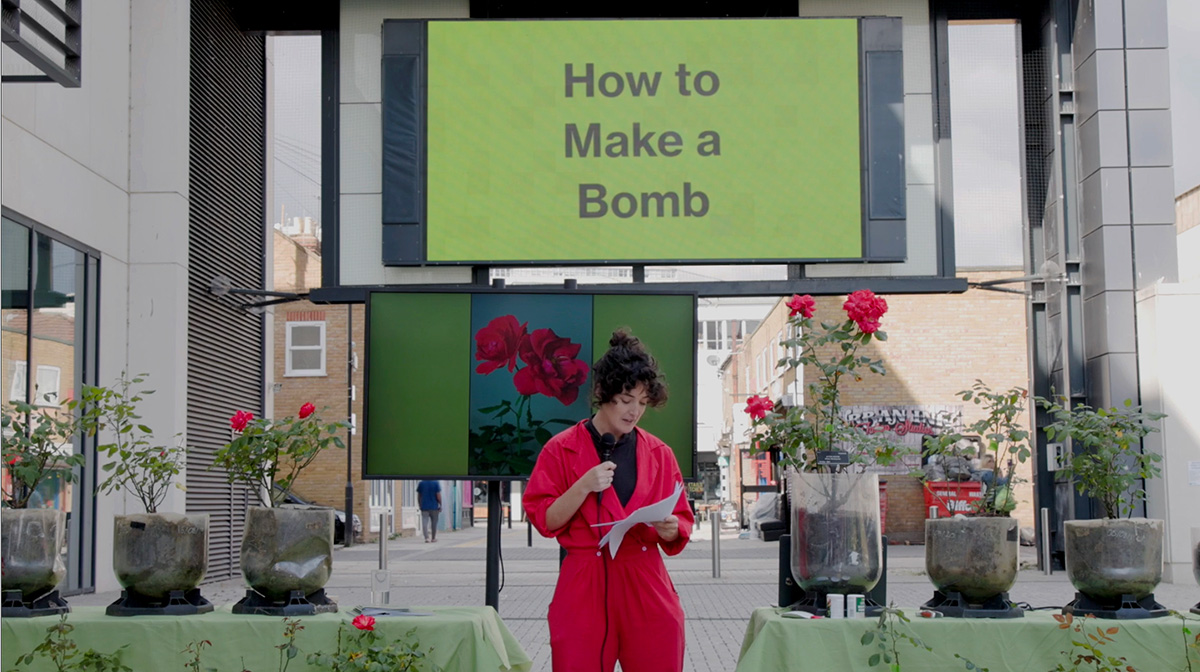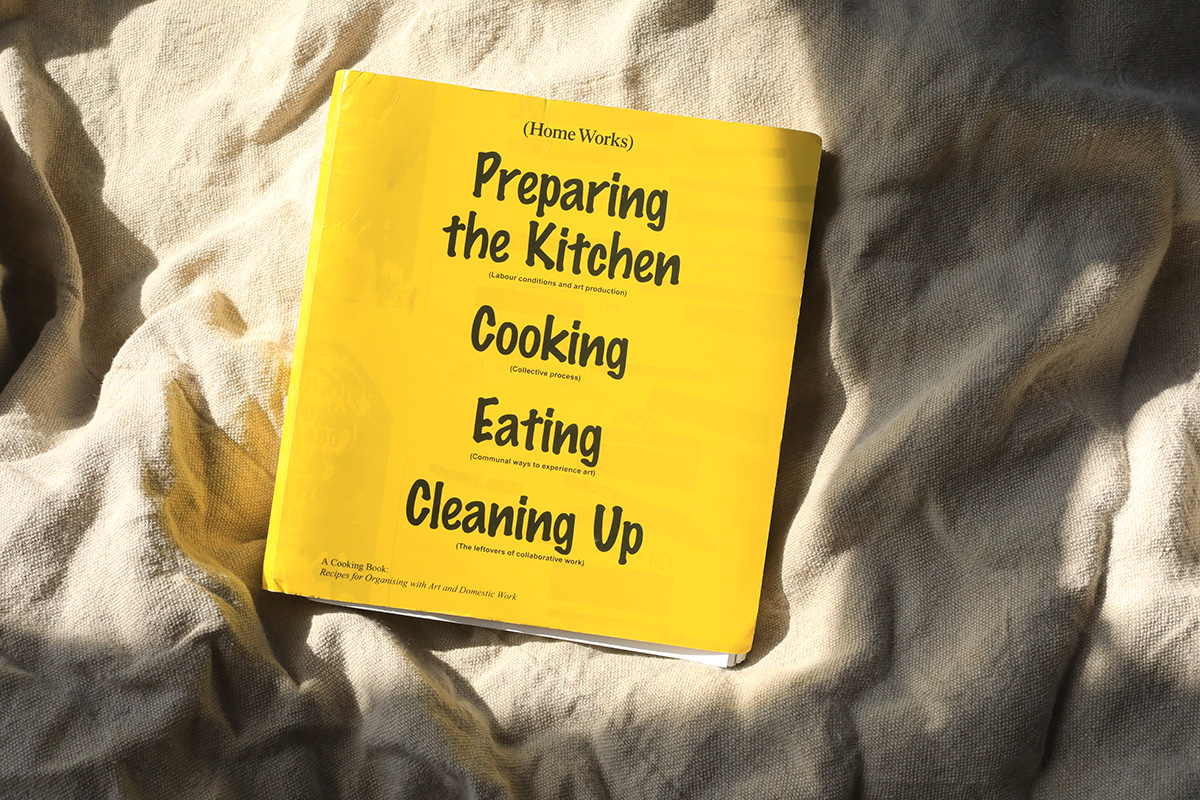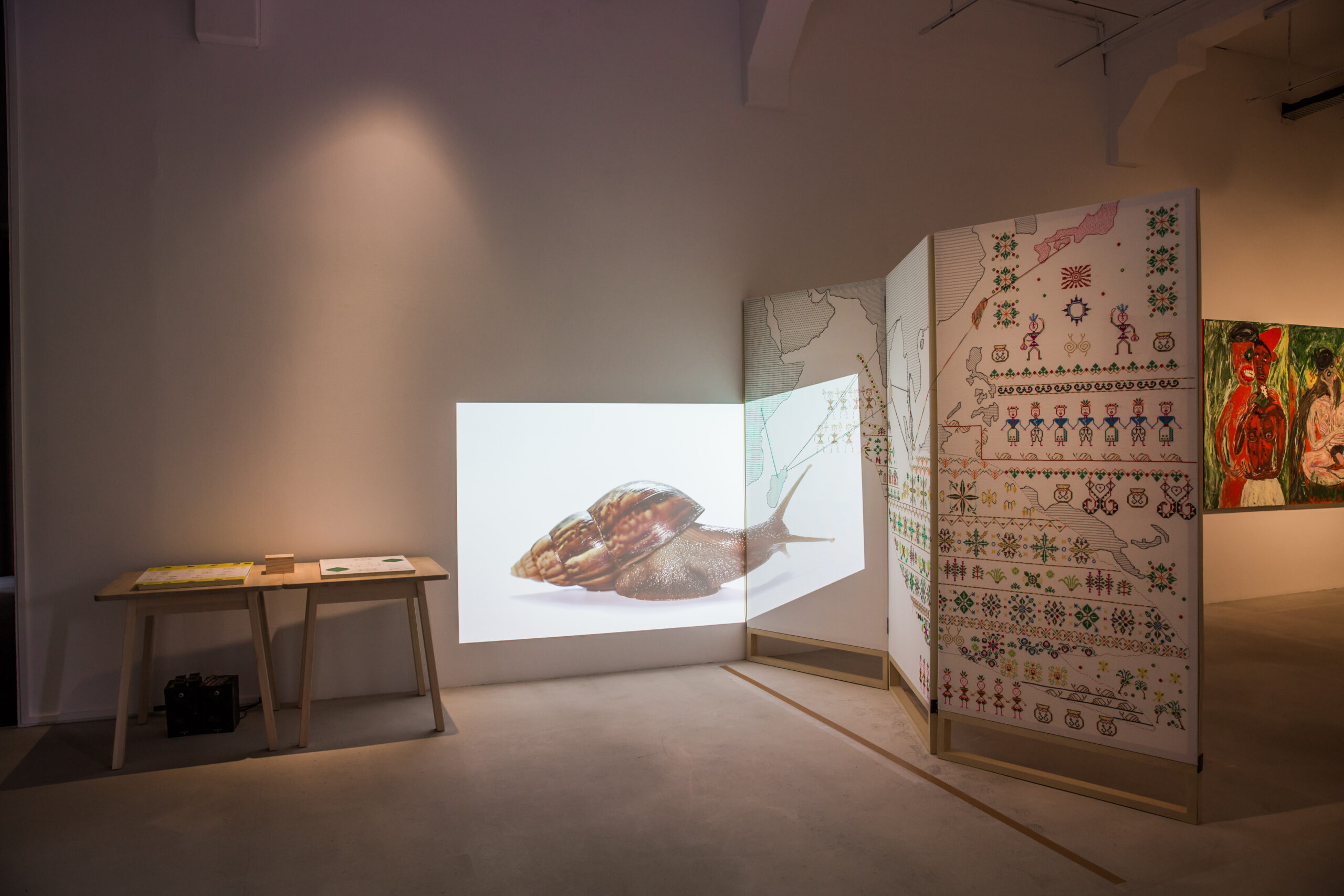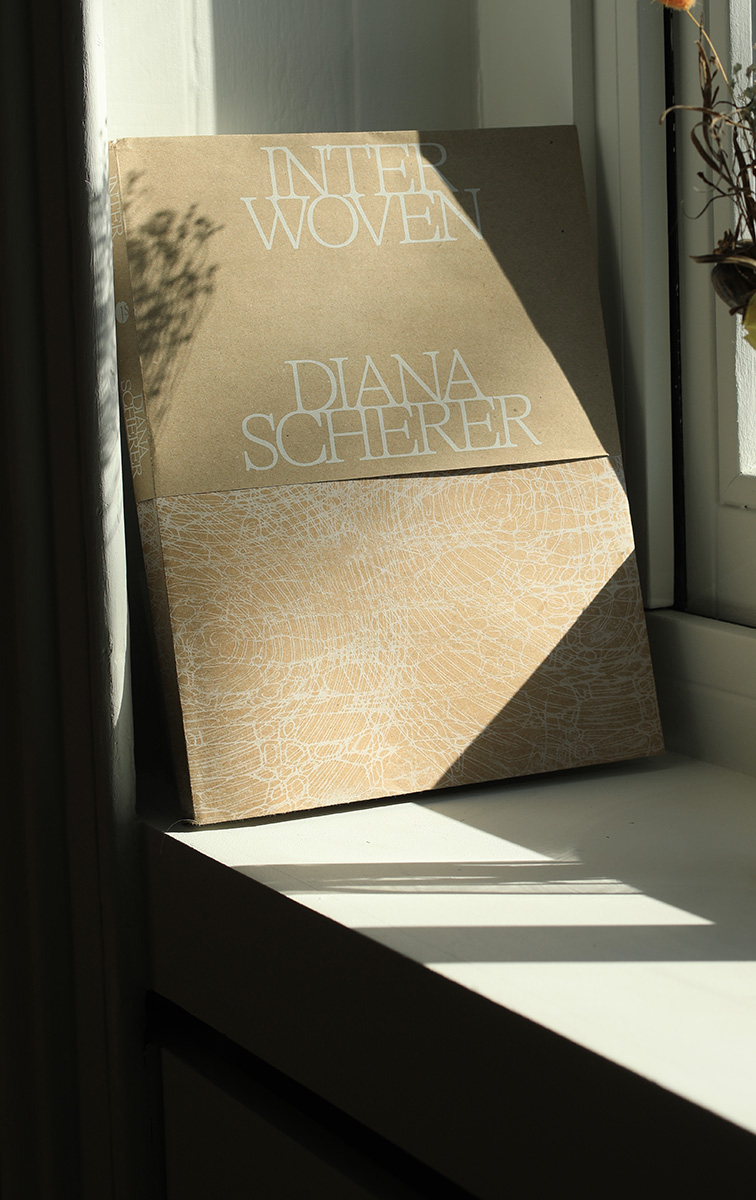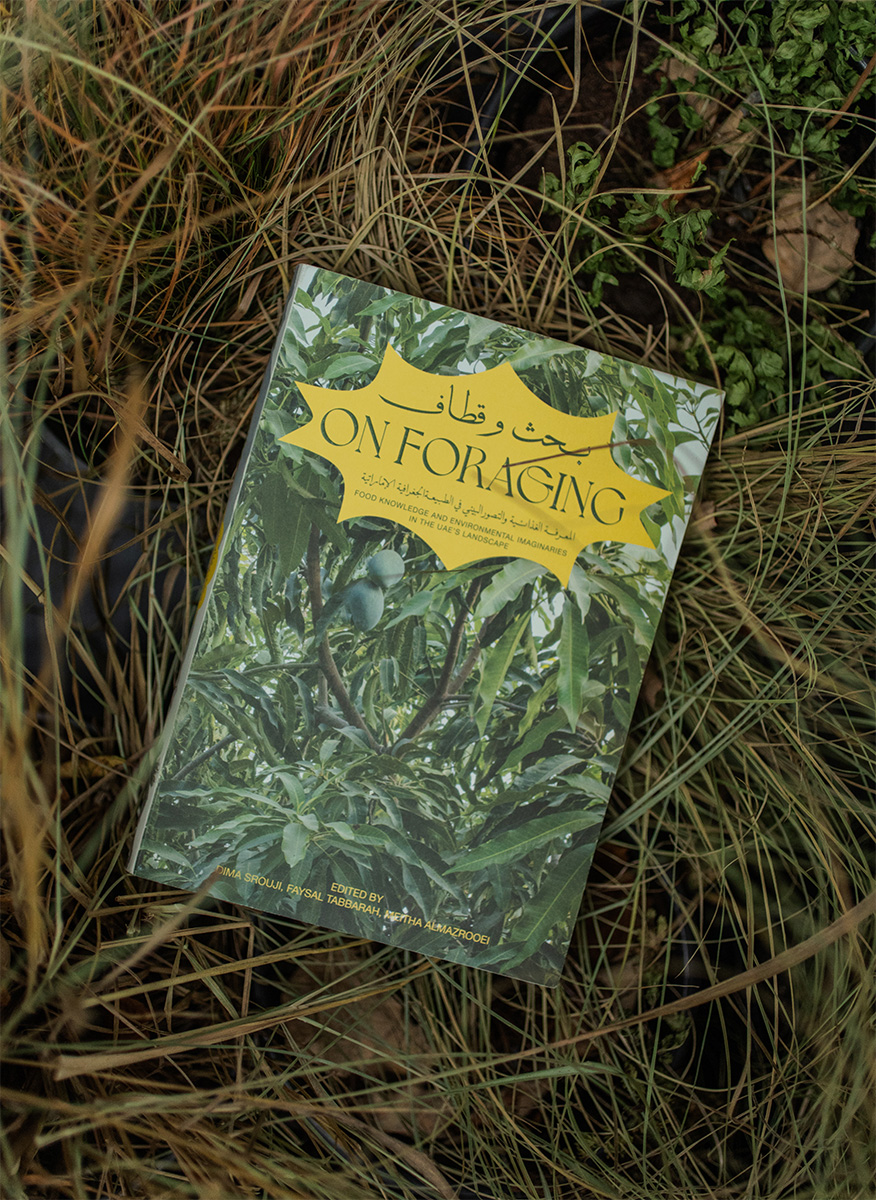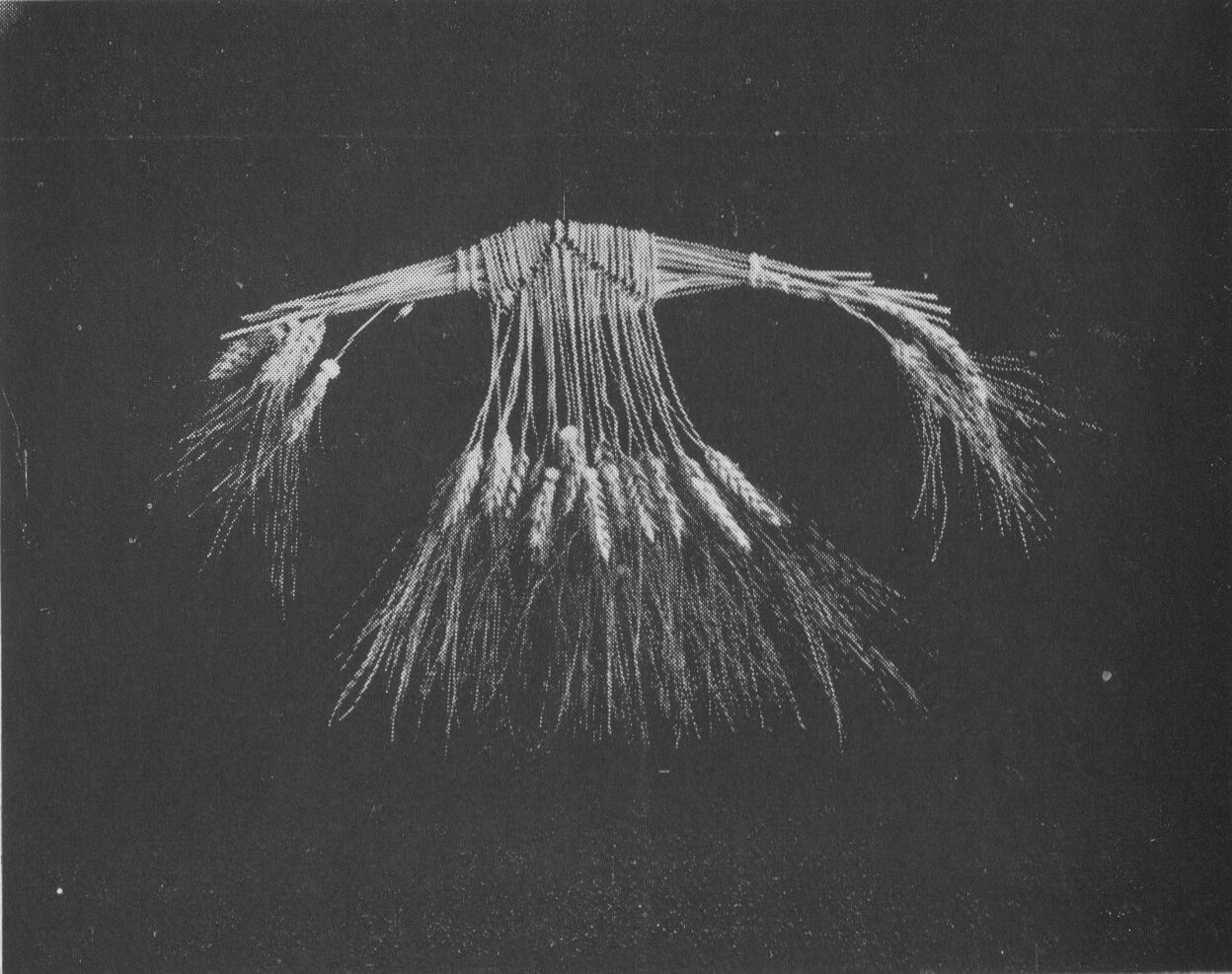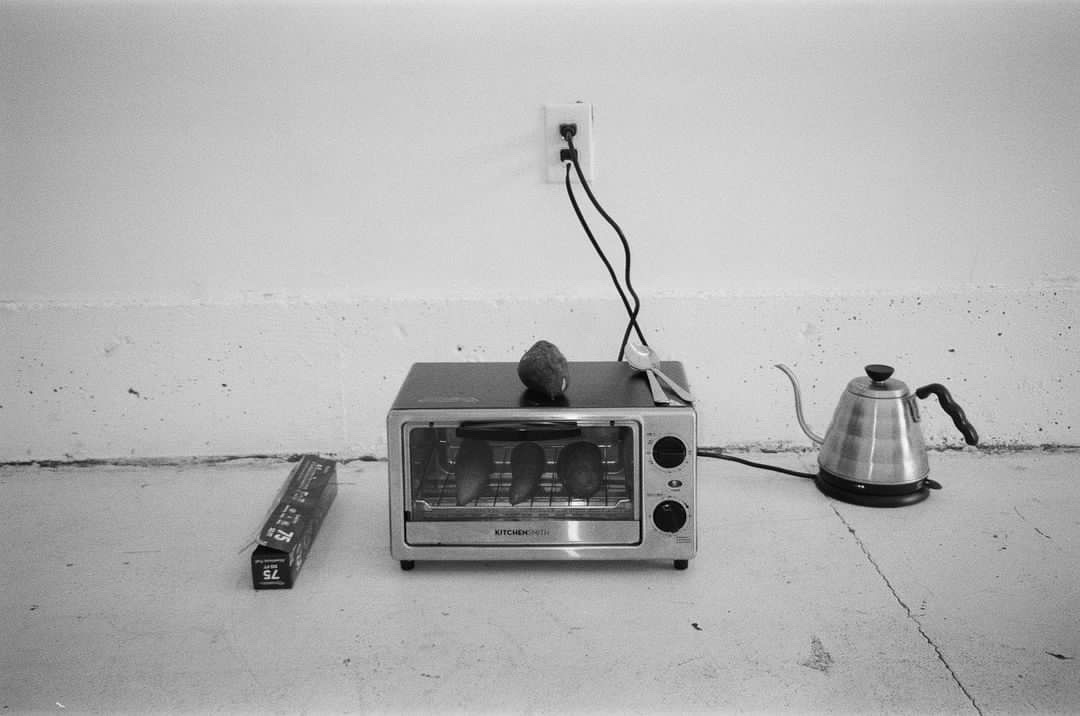From the water to the water. From the river to the sea. The slogan “from the river to the sea” is just the first part of the protest chant: “From the river to the sea, Palestine will be free.” These words refer to the area between the Jordan River and the Mediterranean Sea, which includes the current state of Israel, the West Bank, and Gaza. Despite being wrongfully taken out of context by Zionists and their supporters as a call for the ethnic cleansing of Jews, “from the river to the sea” is a plea for peace—not violence. It is an “aspirational call for freedom, human rights, and peaceful coexistence,” Representative Rashida Tlaib, the only Palestinian American serving in the United States Congress, explained in a public statement. [Editor’s note: In the United States where MOLD is published, Rep. Tlaib was censured for using the phrase in November.] In truth, the chant represents a 75-year hope for Palestinian freedom, unity, and dignity. The ongoing misinterpretations often stem from racist and Islamophobic assumptions.
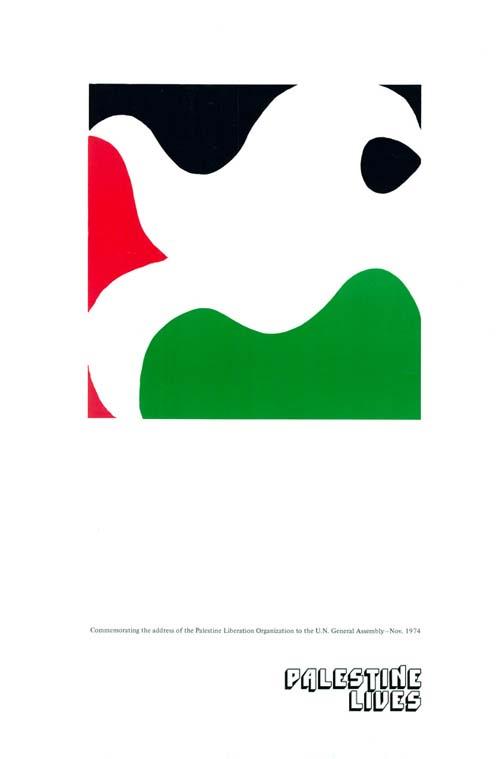
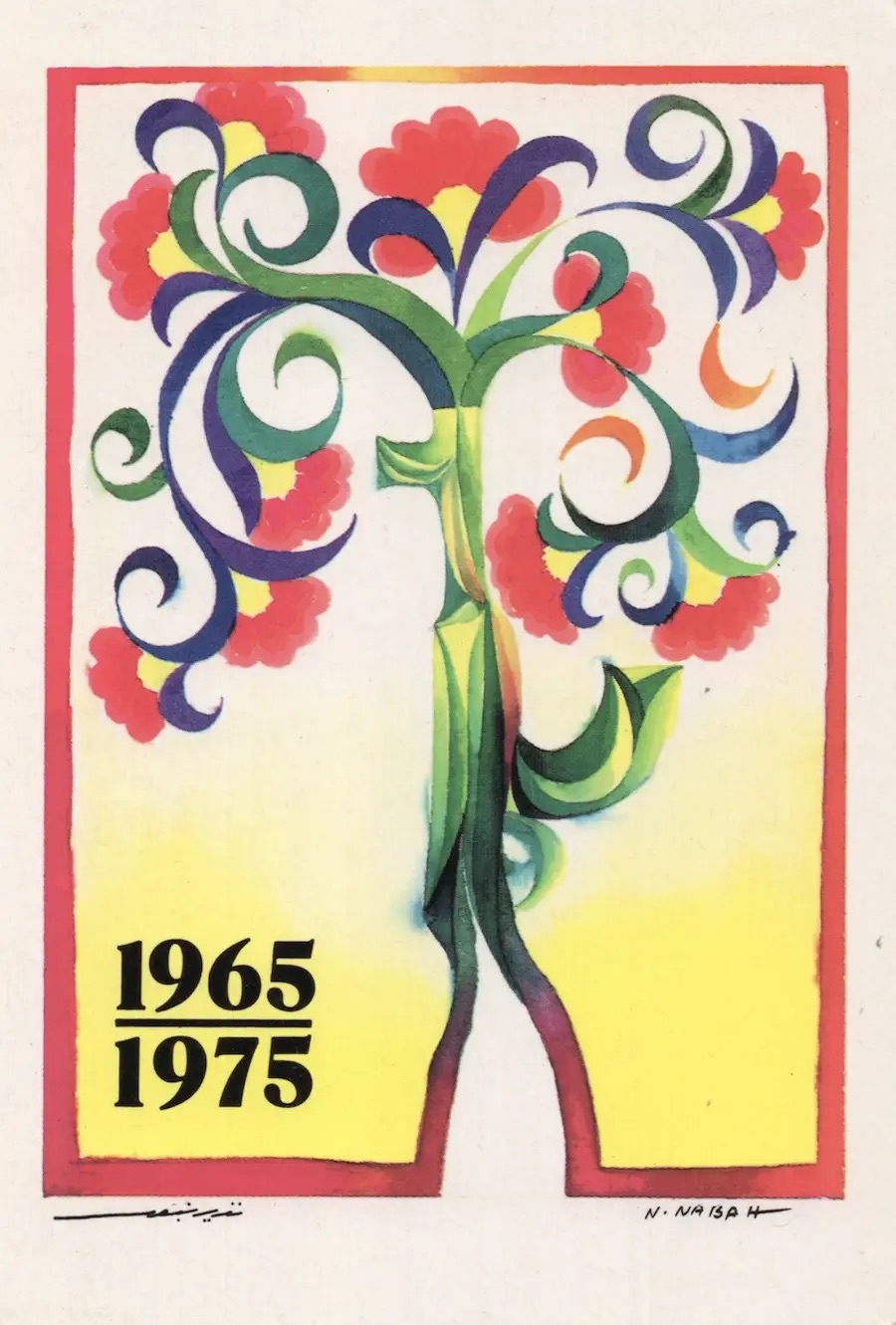
The origins of the phrase, “from the river to the sea,” can be traced back to Palestinian opposition to the 1947 United Nations partition plan, which proposed dividing Palestine into two separate Jewish and Arab states. Palestinians viewed the entire land as their indivisible homeland, driven by a desire to safeguard their country’s unity. Since 1948, Palestinians have not been able to live with full freedom and dignity anywhere in their homeland. In the 1960s, “from the river to the sea” gained traction as part of the Palestinians’ protest and resistance against oppression and division. An Israeli media campaign following the 1967 war falsely reframed the liberatory slogan as a call to “throw Jews into the sea,” stoking fear. 1
In 2017, Hamas included the phrase in their charter, rejecting any alternative to the complete liberation of Palestine. As the political resistance group is labeled a terrorist organization by Western media, Hamas’ use of the phrase made “from the river to the sea” an even easy target for colonial propaganda. Because the protest slogan calls for a Palestine that is “free” across all of the territories that encompass the current state of Israel, Zionists view it as a call for Israel’s destruction instead of a call for a secular, peaceful state.
A Visual Language
The enduring spirit of Palestine resonates not only through words but also through a profound visual language composed of symbols and images. These symbols encompass the outline of the land/map, the stance of resistance, the dove of peace, the insistent right of return, the careful preservation of records and documentation, and the assertion of identity. Each of these symbols carries a profound meaning, equating any powerful slogan. They communicate without the need for words, vividly illustrating the narrative of a resilient people with clarity and depth. These visuals convey their message directly, while also subtly echoing the sentiments they represent, evoking emotions of identity, resistance, and solidarity.
Collective memory is fragile and subject to manipulation. Memories can be erased, and histories are always rewritten to serve specific agendas. The demolition of walls erases tangible evidence that witness resistance acts. Similarly, algorithms can also be manipulated to suppress certain information. This emphasizes the importance of questioning the authority behind the construction and spreading of historical records.
In today’s digital age, people increasingly turn to digital means of expression to share their narratives. These expressions aim to challenge dominant narratives and provide alternative perspectives that expose everyday life struggles and the challenges to survive. Yet, censorship remains a prevalent issue across all mediums. This manipulation raises concerns about the control exerted by those in power over the collective memory. Power dynamics surrounding memory, history, censorship, and documentation significantly impact our perception of narratives. Suppressed voices and erased perspectives distort our understanding of events.
It’s important to note that the impact of the phrase “from the river to the sea” extends beyond Palestinian territories, gaining attention and support worldwide. Art has long played a significant role in the Palestinian liberation movement, allowing artists to convey their sentiments and aspirations. From visual arts and murals to graffiti and digital media, artists have utilized various forms to capture the essence of the struggle. Artists and designers from diverse backgrounds are engaging with the slogan, contributing to the discourse and fostering cross-cultural understanding. Free online resources like the Free Palestine Project and the Palestine Poster Project serve as digital archives of this impact.
While controversies and misinterpretations persist, the phrase “from the river to the sea” encapsulates the aspirations and struggles of the Palestinian people, calling for a free Palestine across their historic homeland. Understanding its historical context, artistic representations, and varied interpretations can help foster a more informed and respectful dialogue. Additionally, art and design can play a vital role in raising awareness, supporting causes, and providing a channel for individuals to express themselves and contribute to the global tide of resistance against dominant narratives.
About the Artworks
While primarily supported by Arab artists, the Palestinian resistance movement is undeniably witnessing more non-Arab artists joining the cause. This inclusive participation has led to the emergence of international online platforms that actively share symbols of resistance, making them more accessible to people across the globe. Within the visual language of Palestinian resistance, certain elements and symbols have gained prominence and recurrent usage. Below, some of the symbols that can be categorized into distinct groups, representing various aspects of the movement.
- Geography: Maps and land illustrations symbolize Palestinian territory and aspirations for a free and contiguous territory.
- Agriculture: Olive trees, Jaffa oranges, lemons, prickly fruit, and figs represent the connection to the land, resilience, and self-sustainability.
- Objects: Keys signify the right of return since the Nakba in 1948, while slingshots symbolize the struggle against oppression (cf. the biblical story of David and Goliath).
- Culture: Embroidery and the keffiyeh, a traditional patterned scarf worn by Palestinians, represent identity, heritage, and resistance. The flag signifies aspirations for a national identity echoed by the watermelon and poppy anemone with similar colors.
- Religion: Al-Quds (Jerusalem), a central symbol, holds spiritual and historical significance. The Buraq, a mythical creature associated with the Prophet Muhammad’s night journey, symbolizes faith and perseverance. Mosques and churches represent religious diversity and the need to protect holy sites.
- Resistance: Cameras represent documentation, truth, and the power of media in exposing human rights violations. Weapons symbolize self-defense, while doves, a universal symbol of peace, represent the Palestinian aspirations for a just and peaceful resolution to the conflict.
